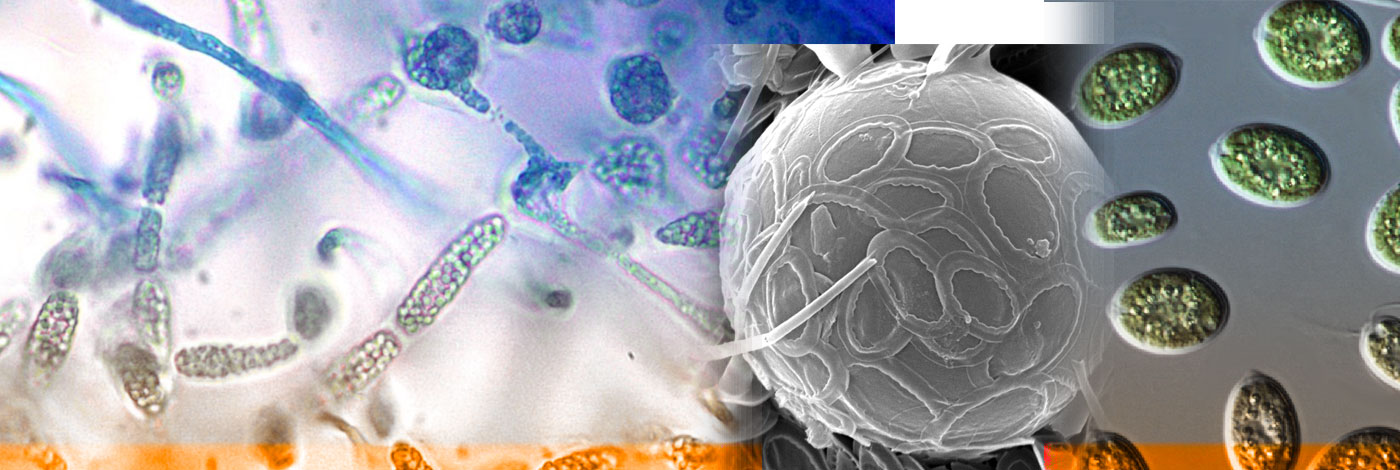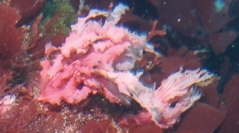

 Cryptogamie, Algologie
40 (10) - Pages 105-117
Cryptogamie, Algologie
40 (10) - Pages 105-117The current manuscript is the first in a series intended to publish accumulating DNA barcode data to make them accessible to the scientific community. Focused on 135 specimens of red algae from the remote islands of Tristan da Cunha, part of the British Overseas Territory of Saint Helena, Ascension and Tristan da Cunha, the 47 (possibly 48; see notes with Lophurella sp. 1Tris) genetic groups uncovered during this project are compared to the only detailed floristic work for this region completed by Baardseth in 1941. A number of taxonomic anomalies are reported with indications for eventual solutions that await study of the type material of the associated morphospecies. Species previously assigned by Baardseth to the genus Epymenia Kützing are formally transferred to Rhodymenia Greville as R. elongata (Baardseth), comb. nov., (including E. marginifera Baardseth) and R. flabellata (Baardseth), comb. nov. A number of range extensions are reported including species such as Ceramium secundatum (Lyngbye) C.Agardh, Colaconema caespitosum (J.Agardh) Jackelman, Stegenga & J.J.Bolton, Helminthocladia calvadosii (J.V.Lamour. ex Duby) Setch. and Porphyra mumfordii S.C.Lindstrom & K.M.Cole, which have likely been distributed by human activities. We also note that the sporophyte of the supposedly narrowly distributed Schimmelmannia elegans has been collected from both British Columbia, Canada, and Queensland, Australia, consistent with other observations that sporophytes of red algal species with alternations of heteromorphic generations are commonly more broadly distributed than the gametophytic stage. This species, although originally described by Baardseth from these mid Atlantic islands, may also be introduced.
Biogeography, COI-5P, DNA barcode, rbcL-3P, Rhodophyta, new combinations